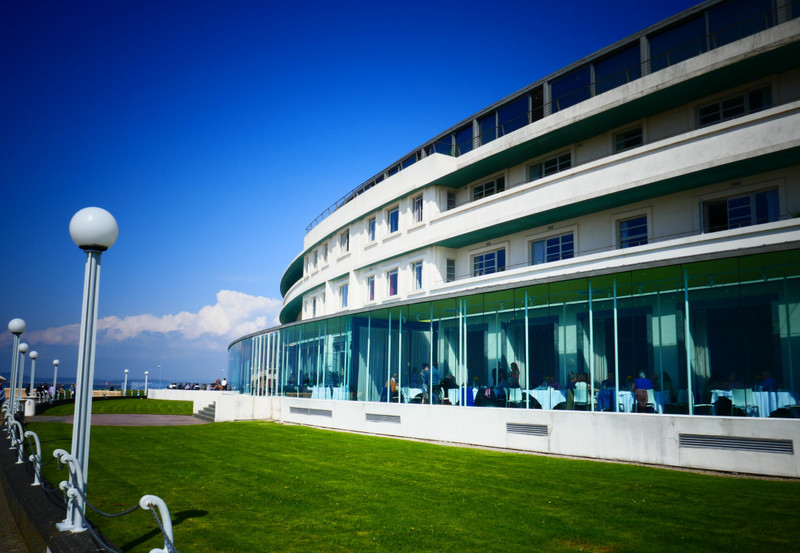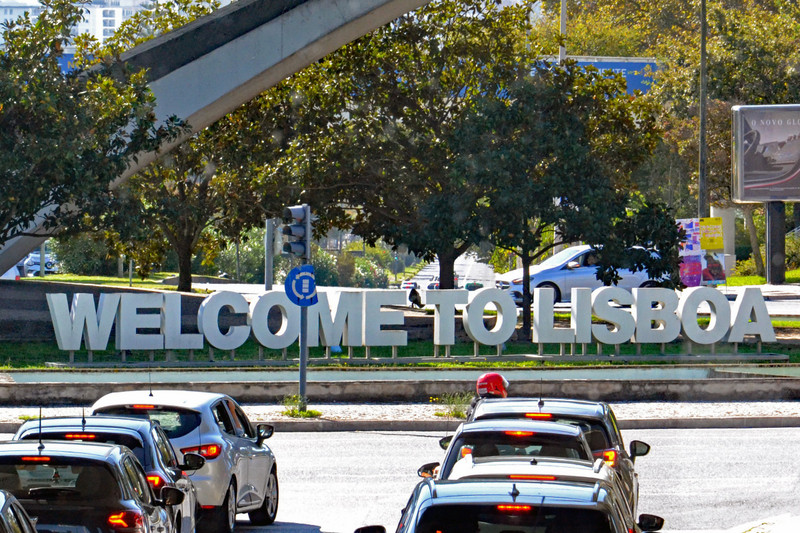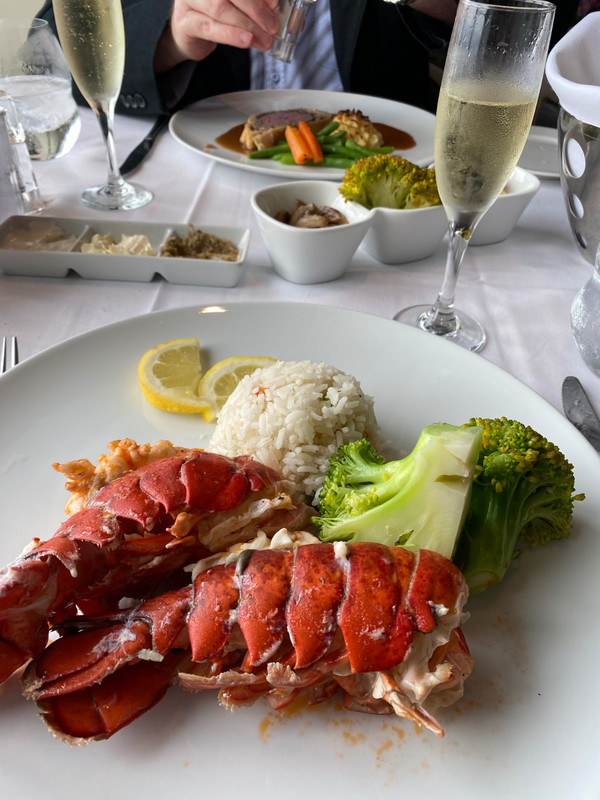The fortunes of a seaside resort can be fickle. We know this, growing up in the North East Premier Seaside Resort. The visions of upmarket Victorian society can be lost in the mists of time. A lot changed in the period between 1870 and 1970. Two World Wars. A beach, no longer flat enough to race motorbikes or attempt land speed records. Cheap holidays to Spain and beyond. In recent years, the not so desirable has once again fashionable. There has been talk in certain circles of Saltburn the new Brighton, although the new Brighton could indeed be Ramsgate. All of which has in many ways nothing at all to do with Morecambe, but in other ways has everything to do with Morecambe. Just substitute the Zetland for the Midland. The question is where exactly is the new Morecambe or does Morecambe just need to reinvent itself a bit and concentrate on the existing strengths? We back to Morecambe later in the blog, but first to Lancaster.
It was a steady plod up the M6 on a sunny Sunday. Traffic was light and save for some roadworks, no delays. I turned off the M6 to approach
via the University side. The campus is just off the A6 south of the city and looks a bit stranded. I am those who attend thoroughly enjoy themselves, but I never really got the concept of applying to be somewhere more isolated than the small town you already live in. In the day a lot of the was taking up the slack in the old boarding houses of Morecambe, which is possibly why there still appears to be a direct regular bus link between the seaside and the University. We parked up by the River Lune on St Georges Quay. Lune was always a familiar name to me .... not because of the river beside which we stood, but because of the street opposite our house named after the river. It still features in our house, but primarily in the form of a Life Membership card for the said Lune Street Social Club.
It is easy to think of Lancaster as an insignificant turn off from the M6 on the way to the Lake District. However, this would somewhat underplay the role of the city in English history. The House of Lancaster have been key players in the
English aristocracy and monarchy for centuries. The Red Rose is their emblem and the symbol of the County of Lancashire. The Romans were occupants of the modern day city, followed by the Normans and Richard 1 started to build the Castle. We climbed from the 18th century buildings on the quayside towards the Castle Hill, arriving initially at Lancaster Priory. Fine Georgian buildings flank the Priory. We walked round past the Shire Hall towards the Castle entrance. The view from the summit stretched out over Morecambe Bay. My eyes as usual were drawn to the football ground below. Lancaster City play at the splendidly named Giant Axe. The Castle still houses the local Crown Court and surprisingly until recently was an active Category C prison! We continued down the hill towards Dalton Square. A fine Georgian square in the day hasnt totally escaped some demolition of the original buildings. The Town Hall at the southern end looks like it has been there since the construction of the square, but dates from 1909. The centrepiece of the square is a monument to Queen Victoria. We retreated to the Borough Hotel in the corner of the square gor a coffee, which now
thrives as a real ale venue and boutique hotel. I spied a bar full of Bowland real ales and then remembered I was driving. Next time, perhaps. We cut back down to the River Lune past the Millennium Bridge. The old Customs House is now the Maritime Museum. The old warehouses no longer see ships, but were once key to the success of a port heavily involved with the slave trade.
It is a few short miles from Lancaster to Morecambe. Morecambe will be familiar to many, but only as a backdrop to the drama series The Bay.









